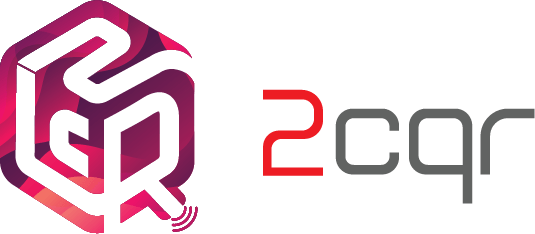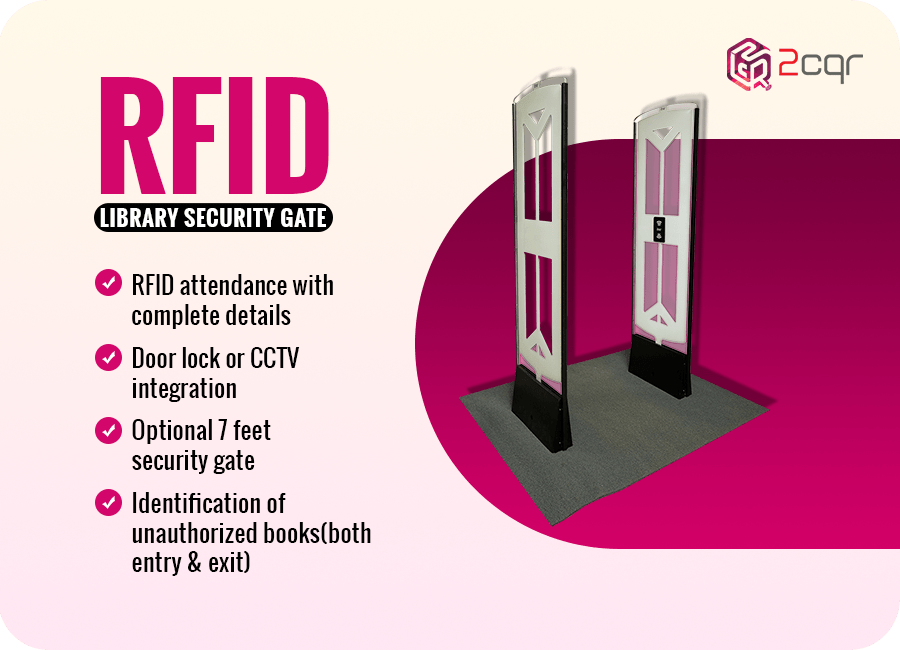
In the realm of expansive libraries housing vast volumes of resources, the paramount challenge lies in ensuring seamless organization and uninterrupted user experiences. A seamless resolution to this challenge emerges through the implementation of RFID solutions for library management. RFID tags, integrated into every resource, herald a new era of efficient library organization and accessibility.
Programming Information on RFID Tags
When adopting RFID for Library, the primary objective revolves around tracking and monitoring library assets in real time. The efficacy of this tracking depends on the information programmed into the RFID tags. Beyond book titles and authors, enriching these tags with detailed inputs—such as book categories and precise location within the library—simplifies staff guidance and fosters easier organisation.
Strategic Tag Placement
Efficient RFID functionality relies heavily on the precise placement of tags on resources. Varied placements, considering resource location, tag orientation, and distance from readers, are pivotal to ensuring uninterrupted signal transmission. Identifying the most effective tag placement is paramount to avoid signal interruptions that could otherwise disrupt the entire organizational system.
Tactical Positioning of RFID Readers
Beyond conventional placements at entry or exit gates, strategically situating RFID readers throughout the library enhances user experiences significantly. Readers placed within user proximity aid in real-time decision-making, allowing users to confirm their choices instantly. This proactive approach empowers users to replace items promptly, enriching their overall experience within the library.
Continuous Monitoring and Up gradation
Tracking resource movement is just the beginning. A comprehensive RFID system involves vigilant monitoring of user actions, identifying patterns, and assessing any recurring mistakes. Analysing user behaviour aids in updating RFID tag information promptly. This proactive approach streamlines resource organisation, minimising user errors, and empowering staff to maintain an organised library ecosystem effectively.
Embracing RFID solutions for library management isn’t solely about technology; it’s about transforming the library experience into a seamless, user-centric domain. By intricately programming RFID tags, strategically placing both tags and readers, and maintaining vigilant monitoring practices, libraries can evolve into efficient, user-friendly spaces.
This holistic approach ensures that libraries not only organise their resources effectively but also empower users to navigate the library environment effortlessly. Embrace the potential of RFID solutions and witness the transformation of libraries into hubs of streamlined organisation and enriched user experiences.


